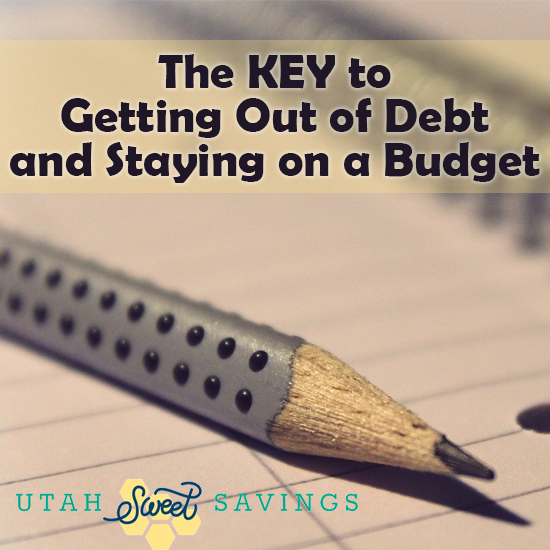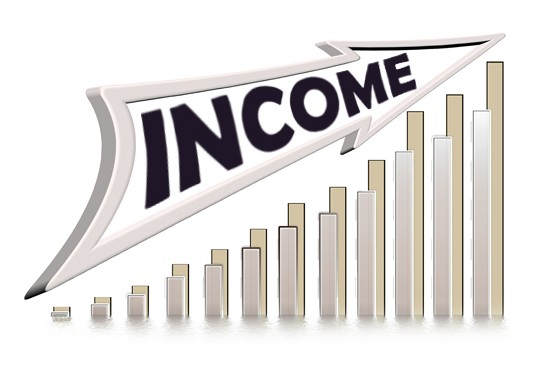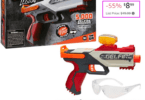Hey guys, Jill here!
I’m excited to be going to my 5th Financial Peace University Class tonight! I’d like to share with you one BIG thing I’ve learned from Dave Ramsey.
Dave often talks about “feeling the money.” A lot of that is physically handling money when possible. Stop paying for things with a card, and get out the cash. Of course, there are many times when that’s not possible, especially since so much of our transactions these days occur online. I have transitioned my grocery and extra spending budgets to cash instead of cards, but that’s really a minor part of my monthly expenses.
I’ve found that the KEY to tracking all of these extra expenses and getting them under control is as simple as writing them down. That’s it! In the past, I’ve used several different online budgeting software to try to establish a budget, but usually they end up just cluttering up my inbox with information I’m not really paying attention to. WHY? Because I’m not FEELING the money. For me, writing every charge down and balancing my bank account regularly has been the perfect way to really understand where I’m spending my money and help me develop a budget. Yep, good old pencil and paper.
Using an extended version of Dave Ramsey’s Monthly Cash Flow Plan, I plan and track how much I’m spending each Pay Period (not each month). Try it, and if you have any questions after reading the directions, let me know! Guess what will happen…your income will stretch further than you thought it could. It will seem like it’s increasing, just because you’ve made a plan. Hopefully, you’ll also identified areas where you CAN increase your cash flow, either with side jobs (like blogging!), a yard sale, or even a promotion or new career path.
You can also use the paper and pencil to track your decreasing debt. Dave recommends the Debt Snowball Plan, listing out all of your debt from smallest to largest, and paying as much as you can towards the smallest debt while paying minimum payments on all other debts. Once the smallest debt is paid off, take the amount you were paying monthly on it and roll it into the next smallest debt. Others recommend a similar procedure, but instead list the debts from lowest to highest interest rates.
I’ll tell you what, there is magic behind the pencil and paper method!
Just putting pencil to paper and making revisions as needed along the way, you’re sure to end up with extra money in your pocket. Use it to get out of debt, plan a family vacation, save for upcoming expenses, or invest for the future. I promise, you’ll be amazed at what this simple key step can do!
Financial Peace University has been a great experience for me so far! If you’d like to sign up for the 9-class series, check out when a class will be held near you HERE.










